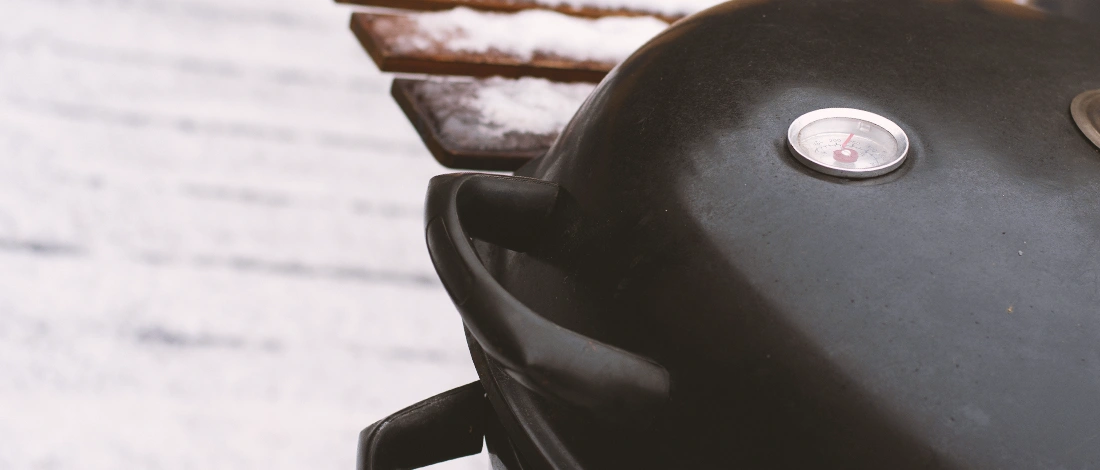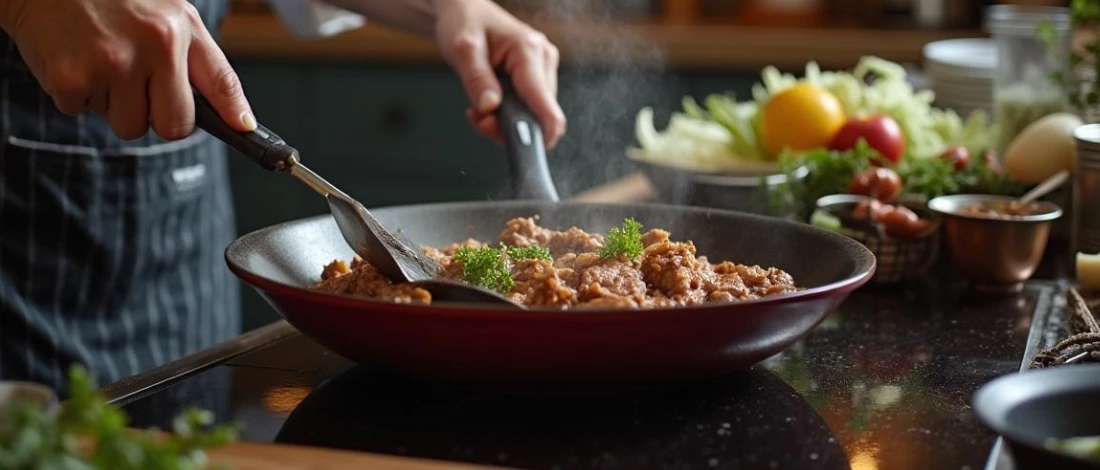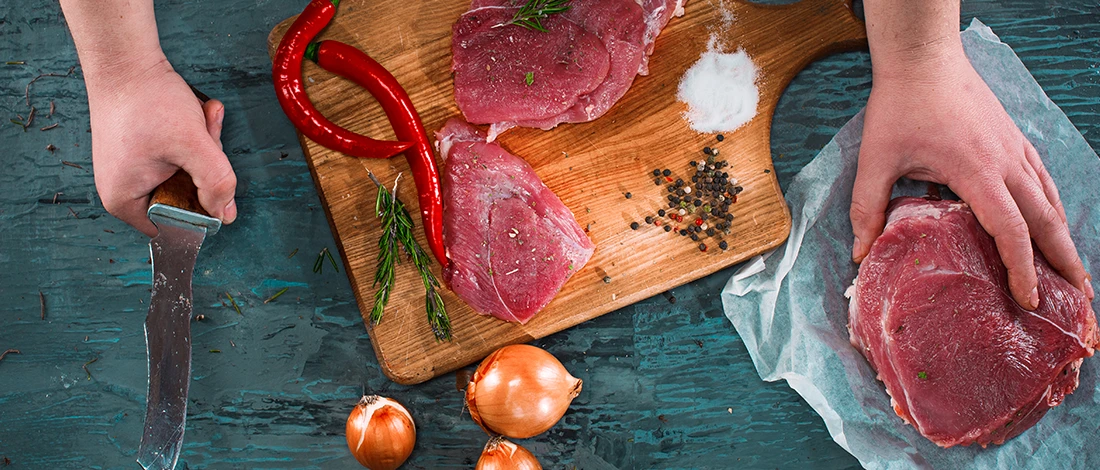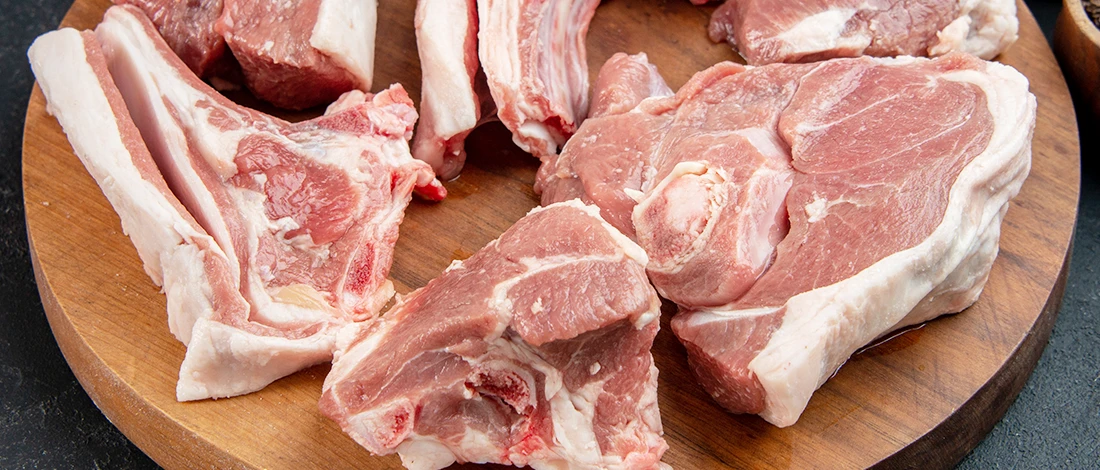I’ve been on a carnivore diet for over ten years, and I regularly eat countless pounds of meat weekly. I noticed some of my meat tends to turn brown, so I wanted to find out if I should throw it away or if it’s safe to eat and why exactly this happens.
I talked with a butcher, checked what the FDA had to say, and spent hours researching ways how to tell if brown meat is bad.
Here are all the reasons your meat becomes brown and the safety precautions you can take.
Quick Summary
- The main reason for meat turning brown is oxidation.
- If meat changes color, it doesn’t necessarily mean it’s not safe to eat.
- You can do smell, touch, and visual tests to check if the meat is fresh.
Why Does Meat Turn Brown?
Meat turns brown because of oxidation, bacteria growth, and some marinating methods.
Here’s a breakdown of each reason for meat turning brown:
1. Oxidation
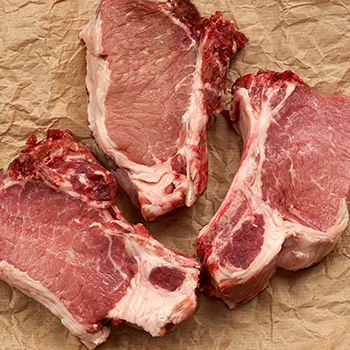
Raw meat is red because of water mixed with a protein called myoglobin. Myoglobin stores oxygen in the muscles [1].
All mammals have this protein. It’s similar to hemoglobin, which stores oxygen in our red blood cells, which is why fresh meat has a bright red color. However, when oxygen is released from myoglobin, it gives the meat a brown color.
Overall, exposing raw meat to air makes the molecules break down and interact with other compounds, forming oxymyoglobin that turns meat brown color.
The oxidation process happens because of several reasons. For example, steak turns brown because of low oxygen levels when wrapped or packaged.
This packaging can block the oxygen from reacting with the protein, and exposure to air leads to oxidation, so you have brown instead of red meat.
Another reason oxidation happens is if you freeze meat or keep it in the fridge for a long time.
As the meat is chilled or frozen for long periods, the enzyme activity decreases, so the myoglobin can’t keep the meat red color.
Finally, oxidation happens when oxygen partial pressure is low. Essentially, this means red meat is stacked on top of one another. Oxygen can’t penetrate ground beef, so it starts to lose its red color.
Keep in mind color isn’t an appropriate indicator of whether meat is fresh or not. If a steak turns brown, it’s still perfectly fine to cook and eat in many cases.
“Beef muscle not exposed to oxygen (in vacuum packaging, for example) is burgundy or purplish in color. After exposure to the air for 15 minutes or so, the myoglobin receives oxygen, and the meat turns bright cherry red. After beef has been refrigerated for about five days, it may turn brown.”
- U.S Food & Drug Administration
Read More: How Long Can Raw Meat Sit Out?
2. Bacteria
Raw meat is similar to sliced apples in that it can change color quickly, especially if you leave it uncovered for a while. This happens because of spoilage bacteria.
Bacteria such as metabolites and peroxides turn the raw meat brown. This bacteria grows if you store the steak for too long or keep it at a temperature above 40 degrees [2].
Luckily, it’s easy to know if there's bacterial growth on your meat. It’ll have an off odor and texture (more on these below).
3. Marinade

The reason your meat is turning brown can also be because of the marinades and salts you add to it.
For example, salt is a pro-oxidant, so if you plan to store your steak in the fridge for longer than a day, you shouldn’t salt it. This also goes for soy sauce, Worcestershire sauce, and some fruit juices.
Overall, salt and marinades shorten the meat’s shelf life, so make sure not to leave them on the meat for too long.
Read More: How to Marinate Meat?
How to Check if Meat Is Spoiled?

You can check if meat is spoiled by smelling it, touching it, or inspecting it visually.
1. Smell
Bad smell is the biggest giveaway that meat products have gone bad.
If your steak turned brown, smell it. In case there’s an off odor, you should throw it away.
Fresh meat should have almost no smell, but spoiled meat usually has a strong ammonia smell.
2. Touch
If you aren’t sure if brownish color meat is safe to eat, you can also do a touch test. Spoiled meat feels slimy, tacky, or sticky to the touch.
This especially happens if meat hasn’t been kept at the correct temperatures or if it’s been heated up and then re-cooled.
3. Visual Inspection
Finally, if the color of the meat changes, you can do a visual inspection at home or grocery stores. A change in color is a great indicator the meat has started to turn bad, and if it looks dry or shriveled, you shouldn’t use it.
Related Articles:
Storing Meat Safely

You should use meat as soon as possible after you buy it. The sooner you use it, the less time there is to change the color of the meat.
Here are some tips on storing meat to avoid turning brown:
- Keep in an airtight container - This limits the oxygen the meat is exposed to, which prevents oxymyoglobin from forming.
- Store at the right temperature - Store meat in the fridge at 40 degrees or below or in the freezer at 0 degrees or below.
- Be careful with room temperature - Don’t keep the meat at room temperature for longer than two hours.
- Separate from other food - You should keep the meat separate from other food, especially from cooked food.
- Wrap steaks in parchment paper - Parchment paper creates a barrier that slows the oxidation and prolongs the time before the meat becomes brown.
FAQs
Is Beef Safe to Eat if It Turns Brown?
Yes, beef is safe to eat if it turns brown as long as it doesn’t smell bad and doesn’t have a slimy or sticky texture.
Why Does Meat Turn Brown in the Fridge?
Meat turns brown in the fridge because it’s been refrigerated for five days or longer.
Can You Eat Meat with Brown Spots?
Yes, you can eat meat with brown spots if there are no other signs of spoilage (such as bad smell or texture).
References:
- https://www.edinformatics.com/interactive_molecules/myoglobin_molecule.htm
- https://www.fsis.usda.gov/food-safety/safe-food-handling-and-preparation/


